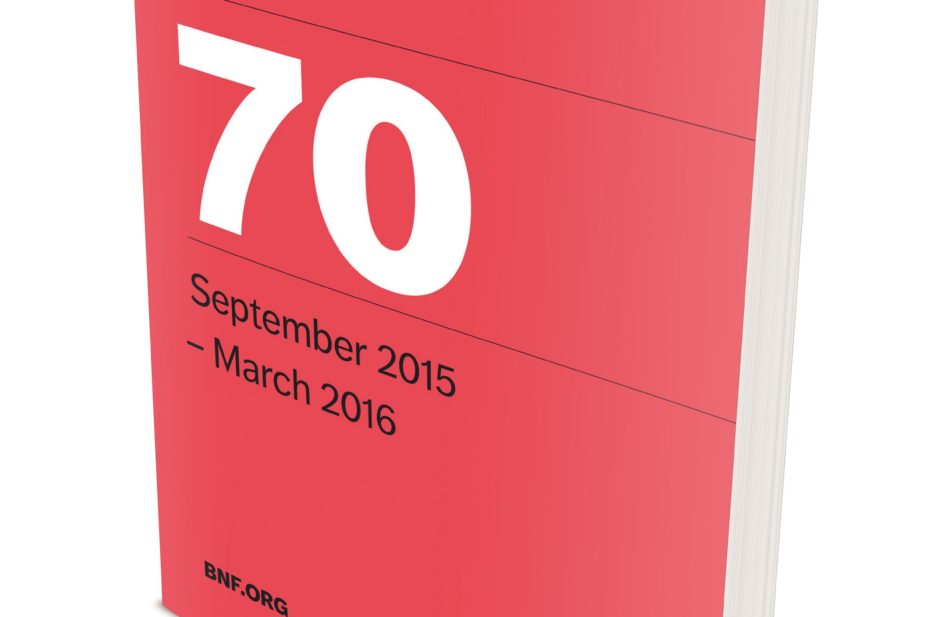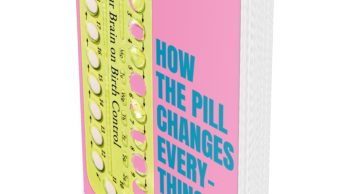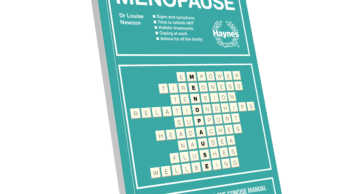
Royal Pharmaceutical Society
I doubt there are many readers of The Pharmaceutical Journal who do not know the British National Formulary (BNF). For dispensing and prescribing, responding to clinical queries and looking up new medicines and advice on disease treatment, no pharmacist could afford to be without one. But having worked on the BNF 25 years ago, getting to know it well at that time and using it frequently ever since, perhaps I am a little biased.
Major changes have been made to BNF 70 (published by Pharmaceutical Press, Royal Pharmaceutical Society). Most of them are welcome. The first thing you may notice is that the colour used throughout the book has changed from blue to green. More strikingly, and certainly more importantly, the indication and the dose for each drug monograph have been moved together. These two pieces of information are probably the most important for BNF users, and it is useful to be able to access this vital information quickly.
The BNF chapters have also been restructured. While the overall disease areas remain in the same chapters as before (e.g. gastrointestinal in chapter 1, cardiovascular in chapter 2), changes have been made to the order of the content within those chapters. Although I was well used to the content structure, I can see that ordering the disease states in each chapter, as well as within each disease state listing the drug class and finally the drug in alphabetical order, is logical. Given that the BNF contains at least three times as many pages as it did when I was an editorial assistant, it must be important for the staff team to ensure that the sheer density of information is laid out in the most systematic way.
The notes remain extensive, useful and have been simplified, with text about specific drugs being moved into the drug monographs, while text about treatment and use of drug classes remaining in the notes. The value of restructuring is always going to be subjective, and I used to like to find the information about a specific drug preparation, such as its dose and cautions, with that specific preparation. This information has now been moved into the drug monograph itself. Once I am used to that, I am sure I will be content.
One thing I particularly like is that all the information about the systemic use of one drug is in the same place. For example, all the uses for systemic prednisolone — asthma, chronic obstructive airways disease, ulcerative colitis, Crohn’s disease, myasthenia gravis, proctitis and so on — can all be found on the same page. However, the topical uses of prednisolone, for example, can be still be found in the chapters on the eye and ear. Again, this may take a little getting used to, and others may argue that they preferred the separate uses of a drug to appear in the relevant chapters, but the new structure avoids the need to flip around the book if you want information about one drug. This will be particularly useful for students and newly qualified health professionals.
As ever, the BNF is its own best teacher. Get to know the new structure, use it frequently and it will soon become as familiar as the previous format. There is a new BNF mobile app coming soon. The BNF can also be accessed on MedicinesComplete at www.bnf.org, which has been redesigned to enhance the digital experience rather than, as previously, having the web version of the BNF in its book format. All the new print versions — BNF 70, BNF for Children (BNFC) and Nurse Prescribers’ Formulary — are now available.


